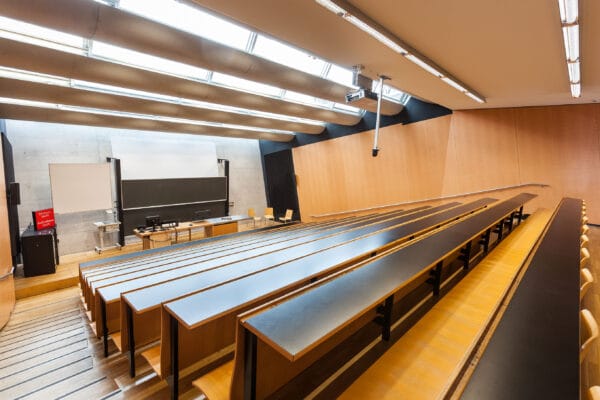
NAME:
SOWI - HS 1
BUILDING:
SOWI
FLOOR:
0
TYPE:
Lecture Hall
CAPACITY:
160
ACCESS:
Only Participants
EQUIPMENT:
Beamer, PC, WLAN (Eduroam), Overhead, Flipchart, Blackboard, Sound System, Handicapped Accessible, Microphones
Climate change is increasingly accelerating the melting of the Earth’s cryosphere. The response of glaciers in HMA, including the Tien Shan and Pamir, exhibits significant spatial and temporal variability. The Gunt River basin is the second-largest tributary of the Panj (Amu Darya) River basin, covering a significant portion of the southwestern Pamir of which 609 km² is glacierized. Since 2020, in situ mass balance measurements have been conducted on Glacier #457, located in the Nukhchashma River basin. Furthermore, the glacier mass balance has been reconstructed back to 1980 using a distributed accumulation and an enhanced temperature-index model.
According to collected data, the glacier had a negative mass balance of -0.35 m w.e.yr-1 for 2020/2021 and of -0.44 m w.e.yr-1 for 2021/2022. The altitudinal mass balance gradient, derived from field measurements from 2020 to 2024, indicates that in 2020/2021, glacier melt was relatively synchronized with increasing elevation. However, in 2023/2024 the terminus of the glacier experienced less melt than in previous years. We observed a significant change in glacier geometry – steepening of the tongue, which has affected change in the vertical mass balance profile. To enhance the monitoring and process understanding, an automatic weather station was installed in the forefield of the glacier and extensive ground penetrating radar measurements were carried out to measure the ice thickness in the summer 2023. In 2024, an automatic ablation stake was installed, providing measurements of glacier melt at sub-hourly resolution.
These additional datasets, combined with the annual mass balance monitoring, will improve our understanding of the key processes governing glacier evolution and serve as a foundation for predicting future glacier changes in response to climate change and their impacts on regional water resources. In a next step, we will use an energy balance model to link the various processes at the atmosphere-cryosphere interface. The use of an process-based model at such a radiation-dominated site is crucial to 1) improve our understanding of the physical processes governing the mass balance, 2) separate sublimation from melt and 3) to better capture small-scale topographic influence on the mass balance
